California's agave revolution
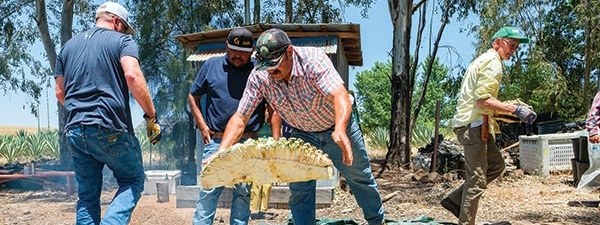
Spring 2025 California Bountiful magazine
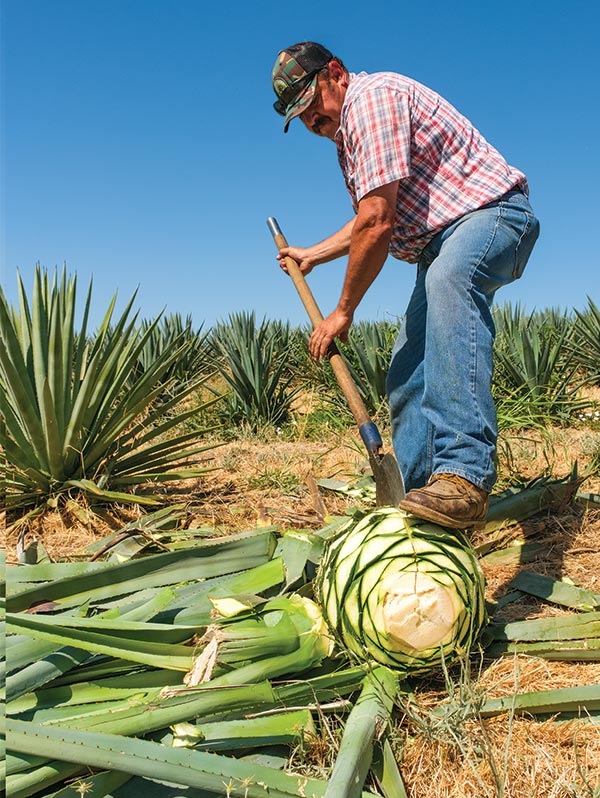
Farmers and distillers embrace drought-tolerant, high-potential crop
Story by Christine Souza
Photos by Steve German
When Craig Reynolds of Sacramento planted a small plot of agave in Mexico to raise funds for a nonprofit in 2006, he had no idea it would spark a revolution in the California spirits scene. Now, nearly 20 years later, he finds himself at the helm of the state’s burgeoning agave spirit sector—a movement he helped pioneer.
“We’re offering something unique and that California has grown,” Reynolds says of California agave spirits, which by law are made from 100% California-grown agave and contain no added flavors or colors. “The super-premium sector is the fastest-growing segment of agave spirits.”
Reynolds’ journey into the agave world began in Colima, Mexico, where he volunteered for Project Amigo, an organization dedicated to helping underprivileged youths. It was there, in the heart of agave-growing country, that he planted a few acres of the hardy succulent, the key ingredient in tequila and mezcal. As part of a fundraiser, agave hearts were harvested and Reynolds worked with a distiller to create his first liquor, which he says “turned out to be really good.”

Reynolds, who spent a 30-year career working as chief of staff for lawmakers in the California Legislature, was aware that more frequent droughts and water challenges meant the state’s farmers would be looking for more drought-tolerant crops—like agave.
After retiring in 2016, he and business partner Raul “Reppo” Chavez planted a test plot of agave on a leased property in Yolo County near Woodland. The first distillation of California-grown agave occurred in Riverside County in 2015, but the duo had to wait until 2019 for their own crop to be ready for harvest.
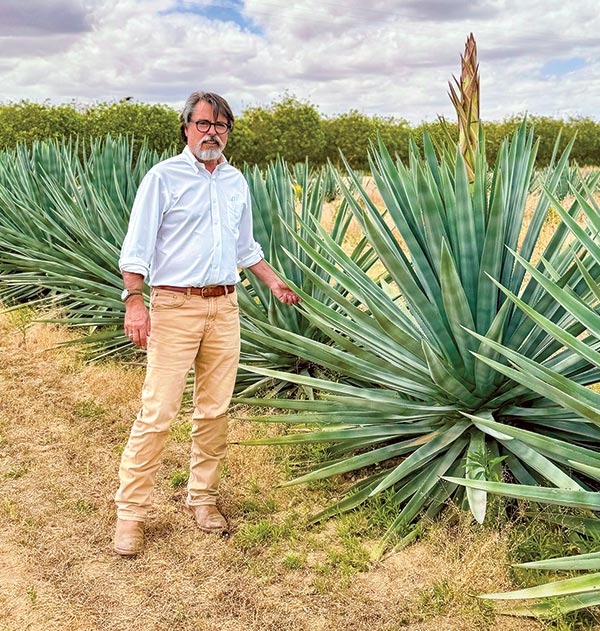
Right crop, right time
Reynolds says he and other early adopters of agave in California, including distillers, are seeing positive results.
“It has taken off,” says Reynolds, who founded the California Agave Council three years ago to unite growers and maintain standards for the emerging crop. “The early participants have made some really good-quality agave spirits that people enjoy, and more people, from farmers to others—many of whom have never farmed before—are learning to farm.”
As farmers look for drought-tolerant crops and craft distillers experiment with the unique flavors agave produces, those leading the movement are carving out a new niche in the world of agave spirits. In just a few years, the crop has grown to more than 80 farmers and 700 acres in California, with more distillers coming on board.
Fresno County farmer Stuart Woolf, based in Huron, is four years away from harvesting his first commercial agave crop. In a part of the state that faces constant water shortages, he pulled out almond trees and began a test plot of different agave varieties in 2019. He now has about 350 acres of agave. Woolf says he believes agave will help him continue his family’s farming legacy.
“This is about finding a climate-resilient crop in a state that is struggling with water management,” Woolf says. “It’s the right crop at the right time for California.”

A spirit with distinct flavors
Woolf says the state’s hot, long summers yield larger agave plants with higher sugar content than those grown in Mexico. “This isn’t your college tequila,” Woolf says of California agave spirits, adding that he and his wife, Lisa, sip it straight or add an ice cube or a slice of orange peel.
Calling agave somewhat of a passion project, Woolf says he believes it is a viable commercial crop. He’s working with craft distillers to create California agave spirits but says he may eventually build his own estate distillery on his farm. To support the emerging crop, the Woolfs donated $100,000 for agave research at the University of California, Davis.
During the June harvest at Reynolds’ leased farm in Yolo County, agave farmers, called jimadors, used a sharp tool known as a coa to trim the plant’s outer leaves and access the 100-pound agave hearts, or piñas. Each plant produces about 100 pounds of agave, or 50 tons per acre. The hearts are often cut in half to make them easier to transport.
To create a unique, smoky essence that imparts a distinct flavor profile to agave spirits, Reynolds employs an artisanal mezcal approach used in Mexico. The piñas are placed in an 8-foot-deep fire pit layered with volcanic rocks and almond wood, where they are cooked for up to a week to convert the carbohydrates to fermentable sugars.
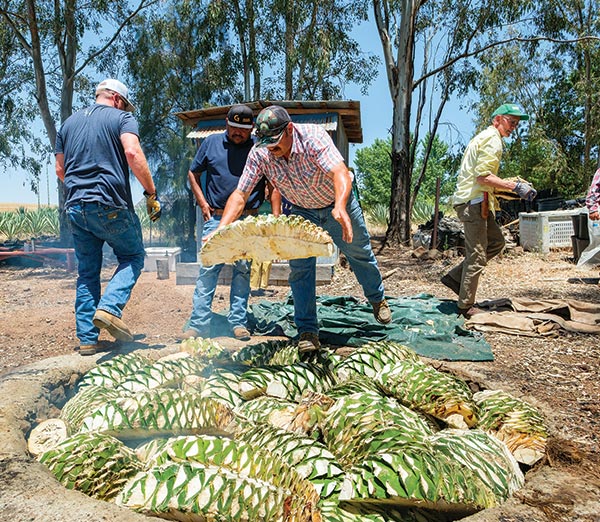
Sean Venus of Venus Spirits in Santa Cruz is among the distillers who prize the agave harvested and pit-cooked on the farm. In 2021, he released his first California-grown agave spirit, El Ladrón Yolo, using that agave. He describes the spirit’s flavor as “real tropical”—pineapple, passion fruit and guava—with a “creamy texture” and “a nice little mouthfeel,” finished with a touch of smoke from the almond wood.
A bottle of El Ladrón Yolo, which sells for $90 on the company’s website, was named best of class in the agave spirit category in 2024 by the American Distilling Institute.
Venus says people enjoy the spirit both straight and in cocktails. “We make a really awesome margarita,” he says, though he notes that using it in mixed drinks can mask some of the spirit’s unique flavors. “I encourage people to try it both ways.”
While California’s agave spirits remain a small but growing sector of the spirits industry, the demand for locally produced and artisanal products has fueled its rise.
“Agave spirits are the fastest-growing segment of the spirits industry, and it’s growing every year,” Reynolds says. “As consumers become increasingly interested in locally sourced beverages, craft distillers in California are stepping up to create unique agave spirits that showcase the state’s agricultural potential.”
Agave spirits explained
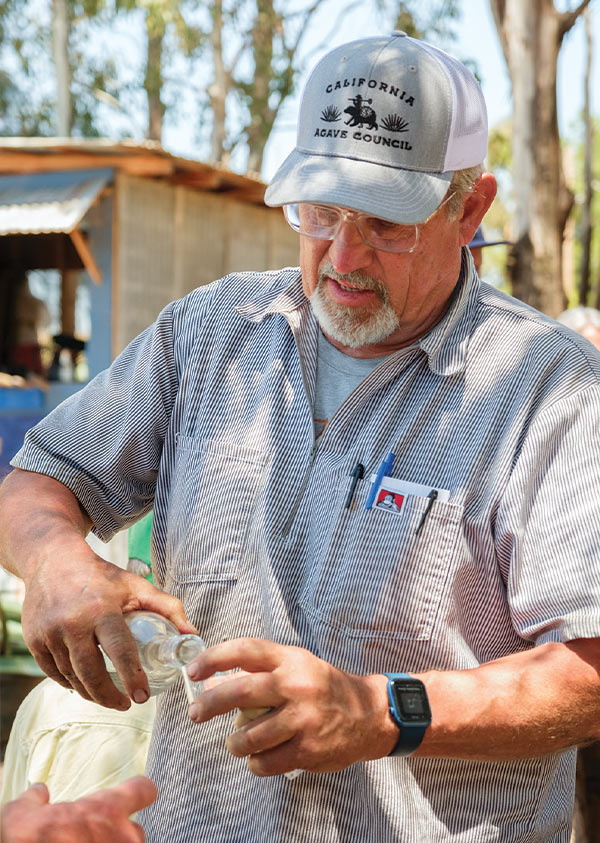
• California agave spirits must be made from 100% California-grown agave, without additives, flavors or colors, according to a state law passed in 2022.
• Agave spirits produced outside Mexico can’t be labeled as tequila or mezcal.
• Although all tequila is technically a form of mezcal, not all mezcal is tequila. Tequila is made in specific Mexican states from blue Weber agave, while mezcal is produced outside the tequila region from multiple varieties of agave in Mexico.
• Tequila is usually steamed, while mezcal is traditionally pit-cooked, providing a distinct smoky flavor.
• Agave is grown in 32 counties in California, mostly in traditional agricultural regions with a warm climate.
• The state’s agave sector has grown to 700 acres, 80 farmers and a half-dozen distillers.
• The Agave Center at the University of California, Davis, was created in 2022 to conduct research and address the needs of the state’s agave sector.
• Researchers are investigating other uses of agave, including for food, biofuel, fiber and as a firebreak.

